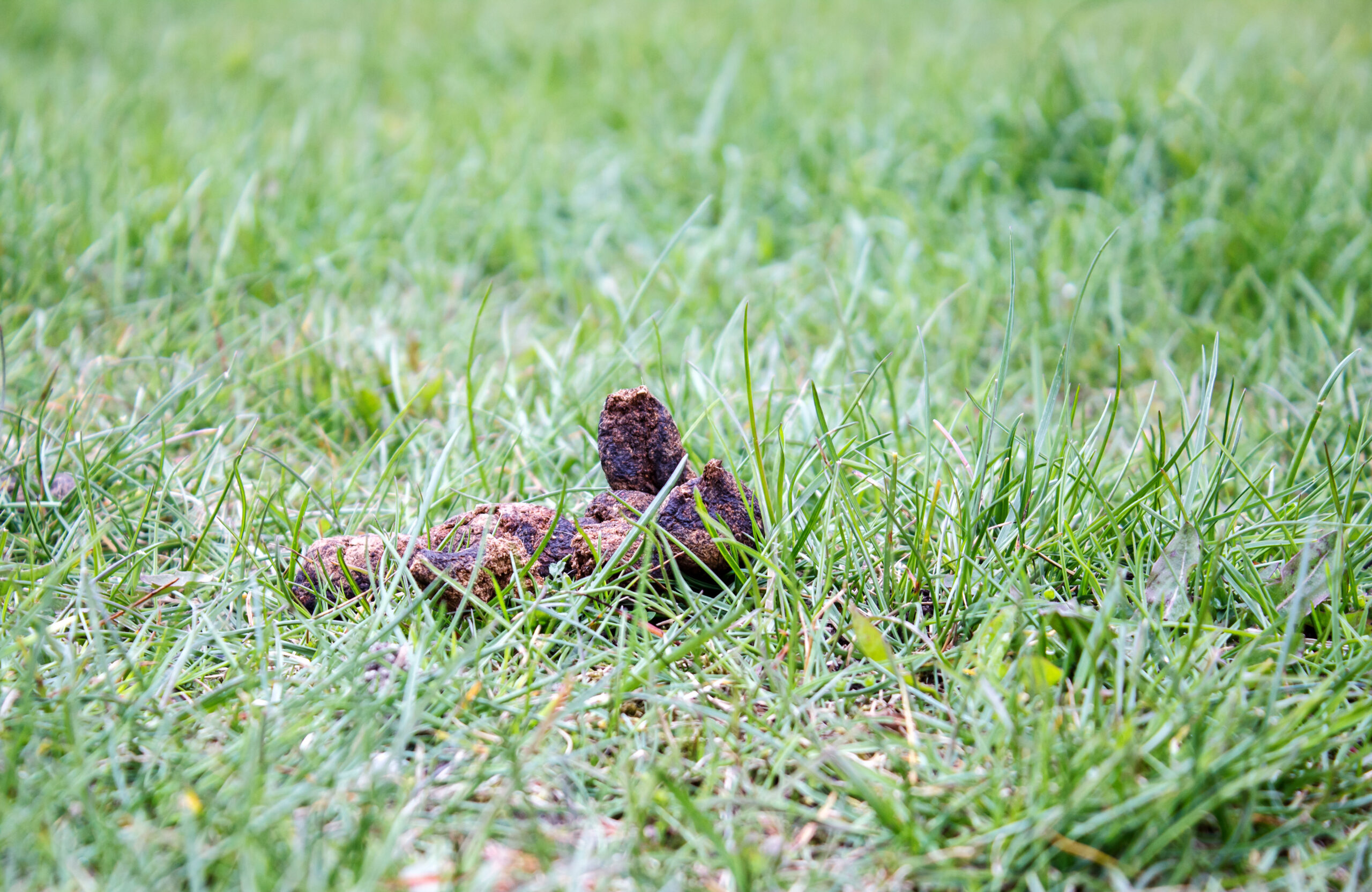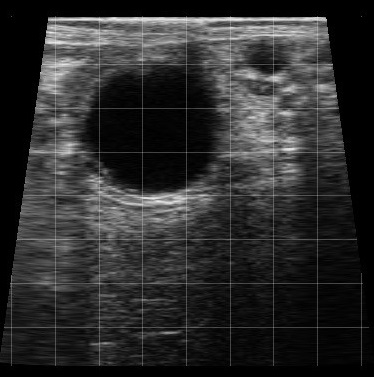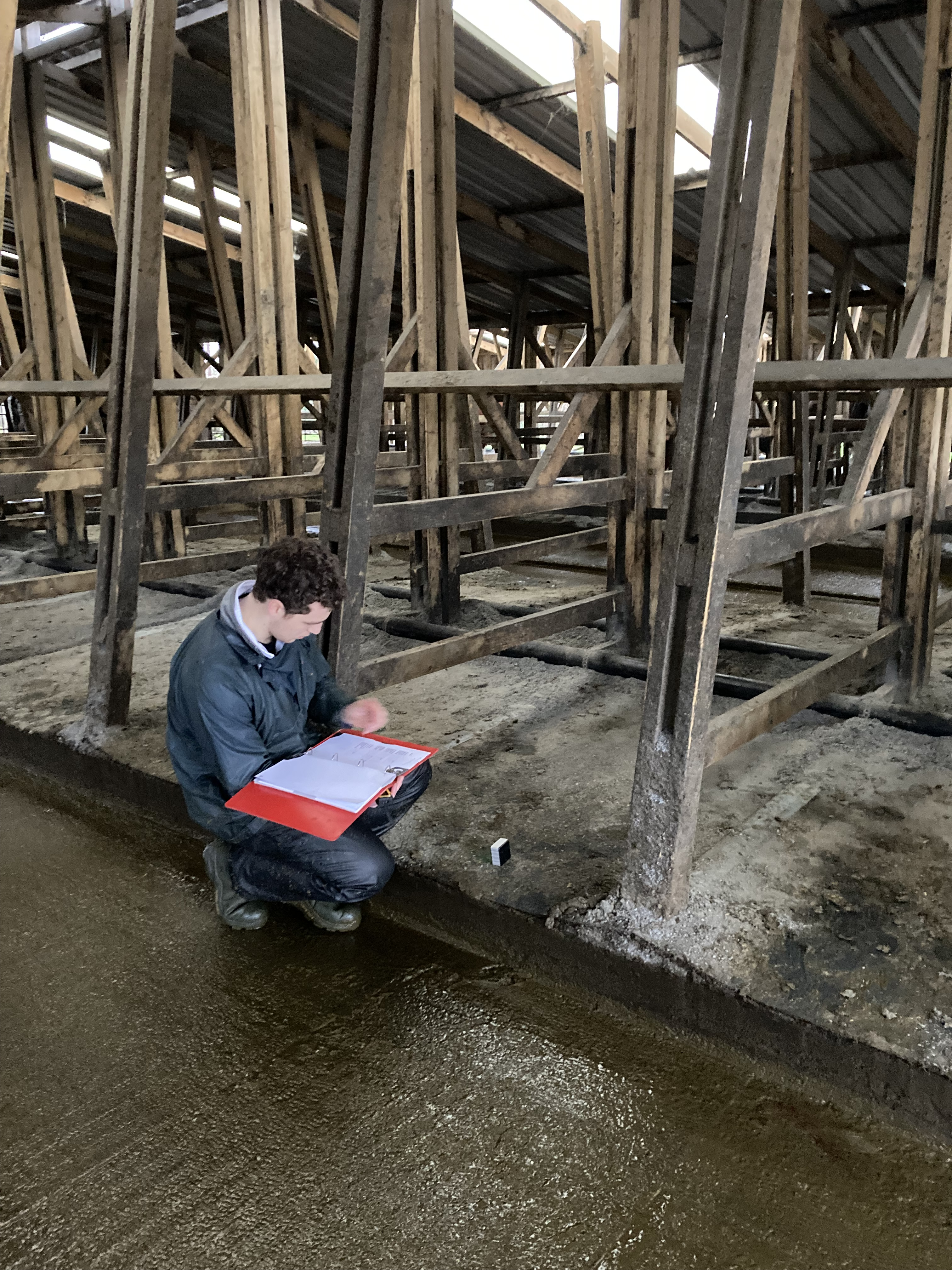Earlier this year I had a call from a client after 6 of their 150 cows had aborted over the previous ten days, all in mid to late pregnancy. After various samples were taken including sending 3 foetuses to the AHVLA we ruled out Salmonella, Campylobacter and fungal causes and diagnosed Neospora as the cause of the abortion storm.
Neosporosis is the most commonly diagnosed cause of abortion we see in the UK, a result of infection with protozoan parasites. Cattle appear to be most susceptible but other species including goats, sheep and camelids can be affected.
It’s transmitted in two ways; ‘horizontally’ (from dog to cow in faeces) and much more commonly, ‘vertically’ (from cow to foetus across the placenta).
Dogs are the definitive hosts in horizontal transmission, they ingest the parasite when scavenging infected tissue such as placenta or dead calf/foetus. The dogs then shed oocysts in their faeces, which can survive in water and soil, cattle then become infected when they consume food or water contaminated by these oocysts. If this infection takes place during the first trimester of pregnancy then abortion is most likely and this is the scenario detailed above, when an ‘abortion storm’ can occur.

The disease is also spread vertically from dam to foetus across the placenta during pregnancy and this is the primary route of transmission, although tends to be a steady trickle of abortions throughout the year (>3%) rather than a storm over a short period. Once infected with Neospora, the cow and calf (95% likelihood) remain persistently infected for life. Infected dams are 3-7 times more likely to abort than uninfected cattle.
Abortion is the only clinical sign seen and usually occurs between three and nine months of gestation. Calves may be stillborn or premature and any surviving calves may rarely have brain damage. Heifers born to infected dams also have an increased risk of aborting and cows that have aborted are likely to abort again in subsequent years.
Only a post-mortem of freshly aborted calves will confirm a diagnosis of Neospora by examining the brain.
Blood samples are the most frequent and practical way of diagnosing Neosporosis but while antibodies might indicate a cow is infected with Neospora, she may have aborted because of another concurrent infection such as Salmonella, fungal, BVD or Leptospirosis.
Controlling Neospora:
Unfortunately, there are no vaccines available for prevention of abortion nor any treatments.
Blood sampling of cows (or their new-born calves), ideally in late gestation or when they abort can indicate if they have antibodies for neospora and are at increased risk of abortion. The options for these cows are culling; breed to beef, so no breeding replacements come from positive animals; or if they have valuable genetics, then consider embryo transfer into a negative animal. Remember the risks from purchasing cattle as well, and sample them.
Restricting access of dogs to cattle feed is vital so no faecal contamination occurs such as secure storage of feed and keeping dogs away from feed, forage, and bedding. If the public walk their dogs on grazing areas, place signs to advise them to pick up after their dog.
Restricting access of dogs to aborted or dead calves, and placenta, as well as isolating aborted animals, properly disposing of abortion material, and disinfecting the area is also important. There is a CHECS Neospora Accreditation scheme available as well which offers further advice.
Eventually this outbreak stopped, but over 10% of the herd aborted and coincided with the presence of a new young dog that had been amongst the cattle feed, and the cattle had had access to contaminated bedding from the kennel 1-2 months previously. Dogs will develop immunity to Neospora and rarely continue to excrete oocysts, on sampling this farm dog he was no longer excreting oocysts and so was able to stay on the farm (although no access to the cows or their feed!) and there have been no issues since.












Leave A Comment